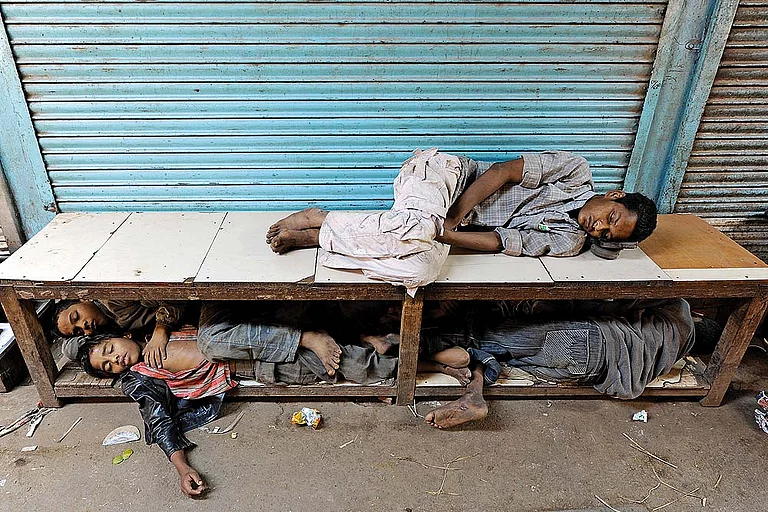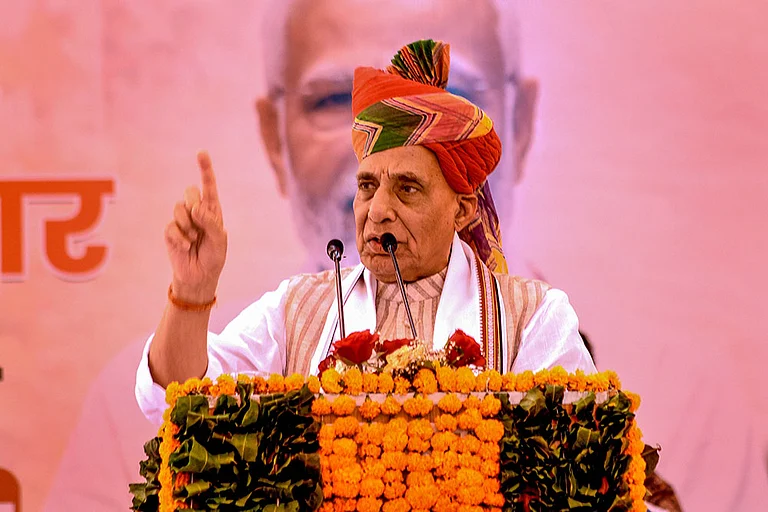According to a World Bank report, India's inequality has come down between the years 2011-12 and 2022-23, making it the fourth-most equal country globally,
India Emerges As The World’s Fourth Most Equal Country
In the World Bank's report which contains data of 167 countries, India falls into the "moderately low" inequality category, which includes Gini scores between 25 and 30.
Extreme poverty in the country has also decreased from 16.2 per cent in 2011-12 to 2.3 per cent in 2022-23, an official release said quoting World Bank data.
The government attributed the reduction in inequality to various initiatives and schemes pursued during the last decade, PTI reported.
India has ranked better than countries like China, the USA and the United Kingdom.
"India's Gini Index stands at 25.5, making it the fourth most equal country in the world, after the Slovak Republic, Slovenia and Belarus," the statement said.
The Gini Index is a measure of inequality that helps assess how evenly income, wealth, or consumption is distributed among individuals or households within a country. Its values range from 0 to 100, where 0 represents perfect equality and 100 indicates maximum inequality.
The higher the Gini Index, the more unequal a country is. India, at 25.5, ranks lower than China's 35.7 and considerably lower than the United States, which stands at 41.8.
In the World Bank's report which contains data of 167 countries, India falls into the "moderately low" inequality category, which includes Gini scores between 25 and 30. India is only a fraction away from joining the "low inequality" group, as per PTI.
The government has attributed this achievement to a reduction in the poverty level in the last decade. According to the World Bank report, 171 million Indians have been lifted out of extreme poverty over the past decade. The release mentioned that India's journey towards a more equal society is reflected in its Gini Index over the years, which stood at 28.8 in 2011 and reached 25.5 in 2022.
The proportion of people surviving on less than USD 2.15 a day—the international benchmark for extreme poverty until June 2025—dropped significantly from 16.2% in 2011–12 to just 2.3% by 2022–23.
"This steady shift shows that India has made consistent progress in combining economic growth with social equity," it said.
It further stated that the country closing in on income equality is backed by a series of focused government initiatives, aimed to improve financial access, deliver welfare benefits efficiently, and support vulnerable and underrepresented groups.
"Together, they have helped bridge gaps, boost livelihoods, and ensure that growth reaches all sections of society," PTI quoted the release.
"India's path to income equality has been steady and focused. The Gini Index of 25.5 is not just a number. It reflects real change in people's lives. More families now have access to food, banking, healthcare, and jobs," the release said.
Targeted schemes like Jan Dhan, DBT, and Ayushman Bharat have helped close long-standing gaps," it said.
"As the world looks for models that combine growth with fairness, India's example stands out. Its experience shows that equality and development are not separate goals," the release said. India's ability to balance economic reform with strong social protection sets it apart, it said.
The only other countries which have a better Gini Index score, are the Slovak Republic, Slovenia and Belarus. Globally, only 30 countries are classified as having “moderately low” inequality. This group includes several European nations with strong welfare systems, such as Iceland, Norway, Finland, and Belgium. It also features emerging economies like Poland and affluent countries like the United Arab Emirates.


